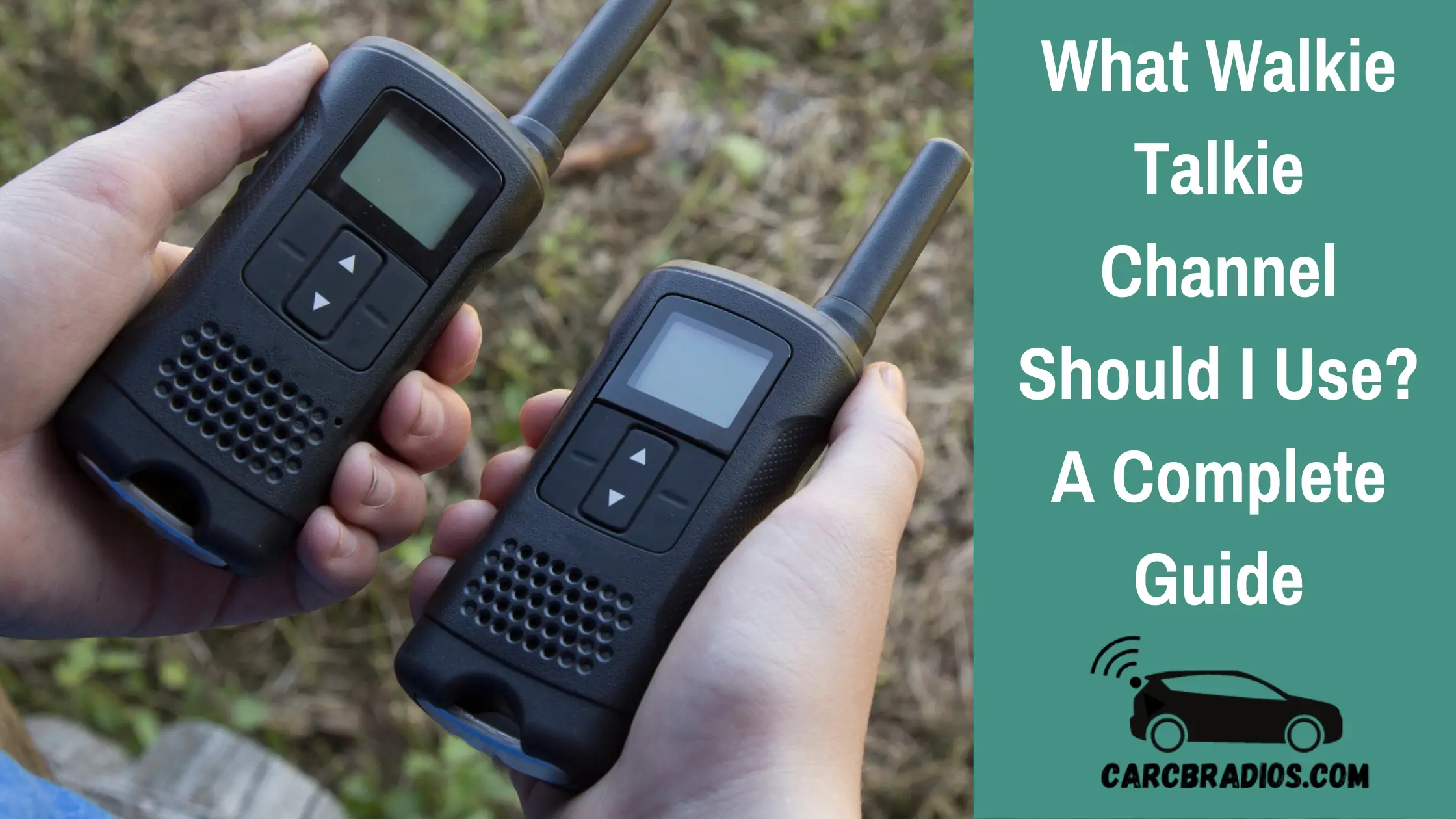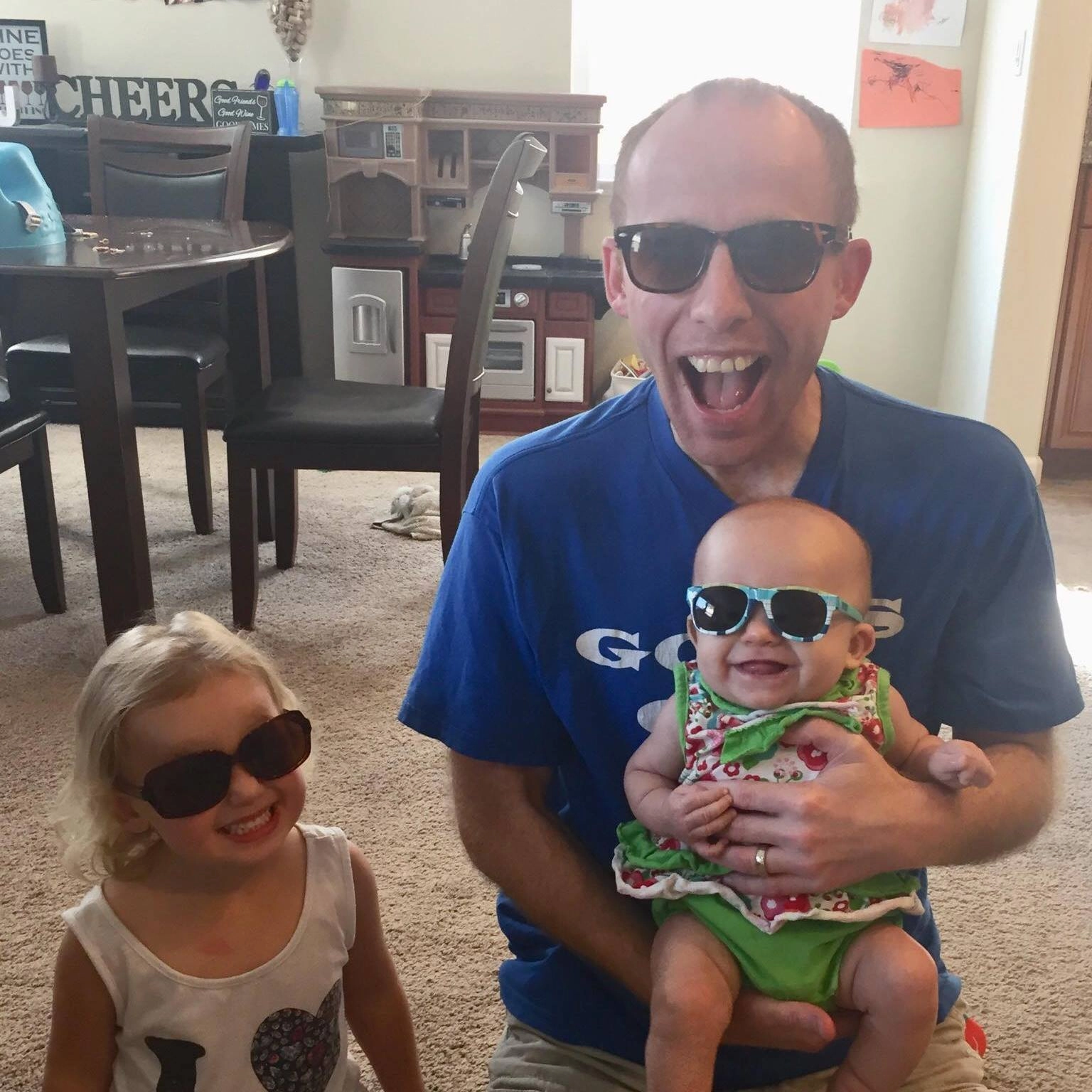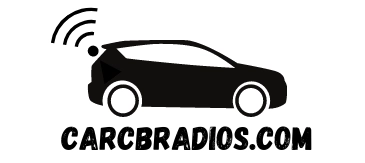By: Jeremy Neisser
As someone who has worked with walkie-talkies before, I know the importance of finding the right channel to communicate effectively. After all, the optimal channel can make a huge difference in terms of range and power. According to sources, channels 1-7 or 15-22 are the best options for maximum power output.
It's also important to note that many consumer radios have multiple power modes. To get the most range out of your walkie-talkie, be sure to operate it on high power mode on channels that permit it.
Using lower power modes can decrease your range and prevent you from taking advantage of your radio's potential output power. In this article, we'll explore the different channels that can be used in various scenarios, whether you're communicating indoors, outdoors, or in an emergency.
Key Takeaways
Choosing the right channel is crucial for optimal power output and range.
Operating your walkie-talkie on high power mode can help maximize its potential.
There are different channels for different scenarios, including indoor and outdoor communication, as well as emergency situations.
What is the optimal walkie talkie channel for long distance communication?
The best walkie talkie channel for long distance communication depends on various factors, including your location, terrain, and the type of walkie talkie you are using.
Generally, lower frequency channels have longer range, but they are also more prone to interference.
It's recommended to use channels 1-7 or 15-22 for long distance communication.
What Are Walkie-Talkie Channels?
Walkie-talkies are designed for multiple users, and the channels are used to partition radio frequencies to minimize interruptions during conversations. These two-way radios transmit and receive signals on different channels and frequency bands measured in Hertz (Hz).
For effective communication, both devices must be set on the same channel.
In the US, two frequencies are available to the public: The Family Radio Service (FRS) and General Mobile Radio Service (GMRS).
These frequencies use 22 channels with a specific power output to communicate.
Owning a walkie-talkie with multiple channels improves the chances of having a private conversation with friends without any interruptions. These two-way radio gadgets operate in the Very High-Frequency Band (VHF) and Ultra-High Frequency (UHF).
The best channel to use will depend on your situation or need.

What Walkie Talkie Channel Should I Use? A Complete Guide In this article, we'll explore the different channels that can be used in various scenarios, whether you're communicating indoors, outdoors, or in an emergency.
Communicating While Indoors
When communicating while indoors, it is important to use a frequency that can penetrate obstructions. UHF walkie-talkies are a better option than VHF radios in this case. UHF radios can penetrate walls better and provide crystal clear transitions.
These radios work at a frequency of 400 to 512 MHz, making it easier for them to go through solid surfaces.
However, it is important to note that using UHF radios outside while running errands in the open may not work as well. This is because UHF radios have shorter radio waves.
In addition, you can also use your smartphone as a walkie talkie with apps or use your Apple Watch's Walkie Talkie feature for indoor communication.
Ansoko are the most used indoor walkie talkies. These are used by sports teams, warehouses, and other organizations.
- 2 Watt Programmable Handheld Radios Frequency Range 400-470MHz Up to 3 Miles Reception (*Varies from different working environments), with Earpieces
- Long Range, 16 Channel Memory, Easy to Use, Built-in 50 CTCSS Tones/105 DCS Codes
- Ultra Portalbe and Solid Built, Long Time Battery Duration (Up to 24 hours Typical Use)
- Loud and Clear Audio, VOX, Voice Prompt, Built-in LED Flashlight for Night Use and SOS
- Ideal for Ski Field, Security Guard, Warehouse, Road Trip, Hunting and Other Outdoor Purposes. BUY WITH CONFIDENCE: 30 Days Free Return, 18 Months Warranty
Communicating While Outdoors
You may be interested in: The Difference between CB Radios & Walkie Talkies
When communicating outdoors, it's important to choose the right radio band. VHF radios are well-suited for large open areas with minimal obstructions, and adding an antenna can improve the signal.
However, in forests or on hilly terrain, a UHF band may be more suitable. Standard VHF radios have eight channels and operate at 136-174 MHz, allowing for communication over large distances. If you need to communicate over even longer distances, consider using the longest-range walkie talkies available.
The Cobra RX680 are some of the top recommended LONG-RANGE walkie-talkies
- RUGGED AND SPLASHPROOF - Splashproof (IPX4) walkie talkie with up to 38-mile range. Built with a strong shell and drop-proof design so your radio can withstand harsh conditions. The waterproof design allows clear communication in rain or shine.
- 60 PRESET CHANNELS - Easy access to 22 standard FRS channels plus 38 pre-programmed channel/privacy code combinations to secure your conversations from surrounding hikers, hunters or wherever your adventure takes you.
- NOAA WEATHER CHANNELS – Get 24/7 access to NOAA weather channels so you can always be prepared and connected with those you are traveling with in the instance you run into bad weather conditions.
- VOICE-ACTIVATED TRANSMISSION (VOX) – Hands-free usage to automatically transmit when you speak so you can keep your arms and hands free. Great when hunting or for construction sites or other working conditions.
- PATENTED VIBRALERT – Enhanced vibrating feedback notifies you of incoming transmissions, so you never miss an alert. The built in LED Flashlight is a great addition to your camping accessories or enable the SOS function with the push of a button.
Communicating Both Indoors and Outdoors
Using Your Walkie Talkie in an Emergency
As a tech enthusiast who grew up playing with walkie talkies, I can attest to their usefulness in both indoor and outdoor settings. Dual-band walkie-talkies are particularly versatile, offering various VHF and UHF bands to choose from depending on your situation.
When purchasing a dual-band walkie-talkie, it's important to ensure that it offers both FRS and GMRS radio channels for optimal communication and the ability to use it from anywhere.
In the event of an emergency, walkie-talkies can be a lifesaver.
Unlike CB radios, they don't have a specific emergency channel, so it's important to tune in to any available channel and call out in SOS. It's best to avoid using private codes and stick to standard protocols for better chances of reaching someone who can help.
It's worth noting that while walkie-talkies are legal to own and use, there are certain restrictions on their use in some areas. It's always a good idea to check with local regulations before using them in public places.
In summary, walkie-talkies are a reliable means of communication both indoors and outdoors. By following standard protocols and ensuring that your device offers the necessary channels, you can use them effectively in emergency situations and stay connected with others in a variety of settings.
Frequently Asked Questions
How do I choose a walkie talkie frequency?
When choosing a walkie talkie frequency, you should consider the location, terrain, and type of walkie talkie you are using. It's recommended to use frequencies that are not in use by other radio users to avoid interference. You can also consult the user manual of your walkie talkie to determine the optimal frequency for your location.
What channels do 2 way radios use?
2 way radios can use a variety of channels, depending on the type of radio and the location. Some common channels used by 2 way radios include FRS and GMRS channels, which are regulated by the FCC. Other channels may be available for use in specific locations or industries.
Can you use any channel on a walkie-talkie?
While it may be possible to use any channel on a walkie-talkie, it's important to ensure that the channel is not already in use by other radio users. Using a channel that is already in use can cause interference and make it difficult to communicate effectively.
What is the emergency channel on a walkie talkie?
The emergency channel on a walkie talkie is typically channel 9 or 16, depending on the type of radio. This channel is reserved for emergency communication and should only be used in case of an emergency.
What are good walkie-talkie channels?
Good walkie-talkie channels depend on the location and type of radio being used. Channels 1-7 or 15-22 are generally good for long distance communication, while channels 8-14 are good for short range communication. It's important to ensure that the channel is not already in use by other radio users to avoid interference.

Hi & Welcome!
My name is Jeremy and I have been an avid car nut for many year. My first car was an 1987 Honda CRX. I put in my first Kenwood stereo, amp, 2 10" JLs and a CB Radio in it and have been an avid user of CBs and car radios for years. I'll do my best to share my tips, information and thoughts to help you with whatever question you might have, ABOUT ME
After I graduated from High School, I worked 5 years are Radio Shack and 3 years at Circuit City answering questions and helping customers with various electronics questions.


